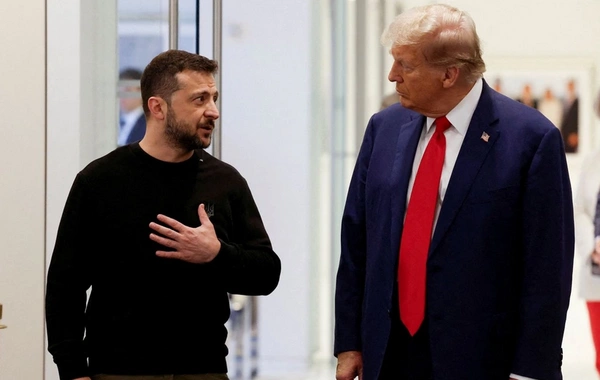Scientists have recreated the face of a royal person who lived 3500 years ago

Modern technologies have allowed us to look into the eyes of the past – scientists have recreated the face of a noble woman who lived 3500 years ago in the legendary Mycenae, one of the key centers of Late Bronze Age civilization. The digital reconstruction, conducted based on a preserved skull from the royal necropolis, amazed researchers with the surprisingly modern facial features of the ancient aristocrat.
The burial of this mysterious woman was discovered by archaeologists back in the 1950s. Next to her remains lay an impressive funerary inventory – a luxurious electrum mask and three ceremonial swords. For a long time, researchers mistakenly believed that the weapons belonged to a man buried nearby, but recent DNA analysis disproved this assumption, proving that all these status items accompanied the woman on her final journey.
"This noble lady was buried here by birthright, not as someone's spouse, which speaks to her high status," emphasizes Dr. Emily Hauser, a historian from the University of Exeter.
To create the most accurate portrait, researchers applied advanced methods of forensic anthropology and three-dimensional modeling. Artist Juanjo Ortega G. used an earlier clay reconstruction made by specialists from the University of Manchester in the 1980s as a foundation, but thanks to modern technologies was able to achieve unprecedented detail and authenticity.
Careful analysis of the remains revealed interesting details about this woman's life – she lived about 30 years and suffered from arthritis, which likely developed as a result of many years of weaving.
"This is an amazing opportunity to connect real female experience with Homeric images, as weaving was an important occupation for women of that era, including the heroines of the 'Iliad,'" notes Dr. Hauser.
Similar News
The legend of French cinema Brigitte Bardot has died
Famous French actress Brigitte Bardot has died at the age of 91, she was called one of the brightest stars of French and world cinema of the 20th century. As re...




 Azərbaycanca
Azərbaycanca  По-русски
По-русски  English
English 





